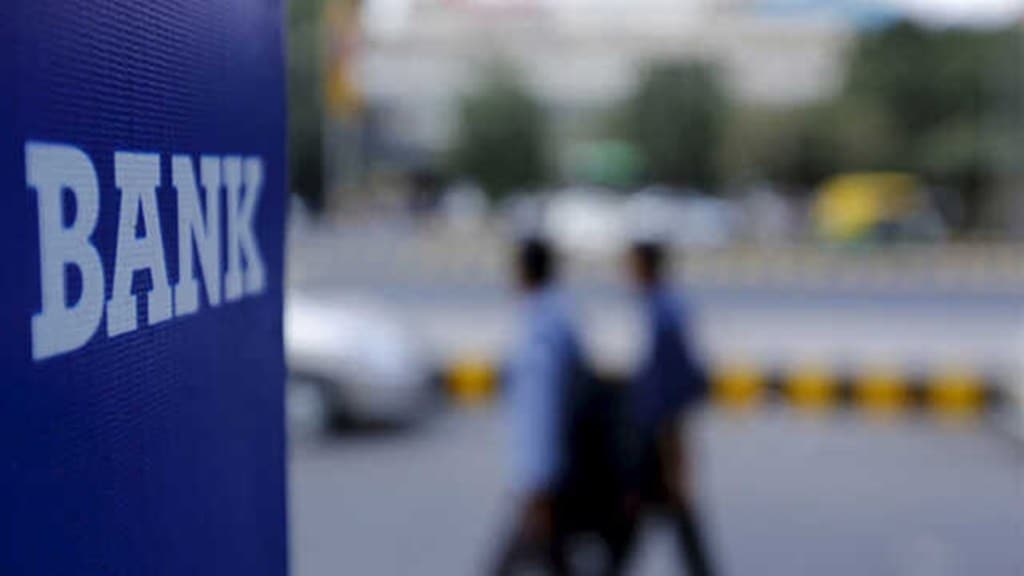By Christina Titus
Although there has been a slight increase in banks’ cash position with the standing deposit facility (SDF) at Rs 1.32 lakh crore on July 13, the amount is nonetheless smaller than the average quantum of Rs 1.42 lakh crore parked since the Reserve Bank of India’s two-day variable rate reverse repo (VRRR) auction conducted on July 9.
With increased systemic liquidity, banks started parking high amount with the SDF. In June, the amount at RBI’s SDF averaged to Rs 2.61 lakh crore. On certain days, it was even above Rs 3 lakh crore.
Banks earn an interest of 5.25% on funds parked with the SDF, which is 25 basis lower than repo rate of 5.5%. The quantum of funds that banks placed in the SDF had fallen to a two-month low of Rs 1.25 lakh crore on July 10.
Incidentally, the liquidity surplus in the banking system came down to Rs 2.94 lakh crore on July 13, from Rs 3.32 lakh crore on July 11 and much lower than the Rs 4.25 lakh crore on July 4.
On Monday, the weighted average call rate stood at 5.31%.
“Currently, Rs 1.5 lakh crore is locked up in the VRRR, which is why the amounts in the SDF remain low. “Also, some amount is being shifted to the government securities market,” said a money market dealer at a private sector bank.
The RBI has been conducting VRRR auctions since June 27 to suck out excess liquidity and align overnight rates with the repo rate. So far, it has conducted four such operations. In the last one, the central bank received a relatively muted response at Rs 1.52 lakh crore, against the notified amount of Rs 2.5 lakh crore and accepted all the bids at a cut-off rate of 5.49%.
Market participants are of the view that the RBI will continue with such operations to suck out excess liquidity. The central bank’s objective is to maintain the surplus liquidity in the system of around 1% of the net demand and time liabilities (NDTL).
With some funds expected to move out on account of tax payments, the liquidity surplus could fall.


